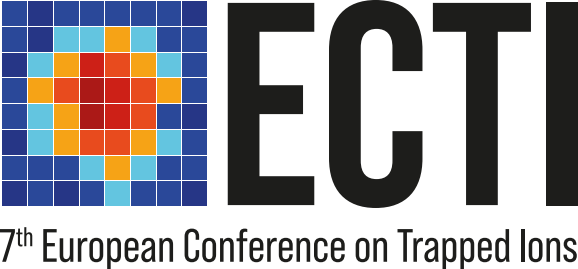Sprecher
Beschreibung
Trapped Rydberg ions combine the advantages of ion trapping and tunable and long-range Rydberg interactions. They enable entangling operations over longer distances and are great candidates for performing fast and scalable entangling gates.
Working with Rydberg ions is promising but also challenging. It is so mostly due to the need to address transitions with UV lasers and relatively frequent loss of ions during the measurement sequence. Since the Rydberg states lie very close to continuum, black-body radiation (BBR) can lead to double ionization of singly-charged ions. Once it happens, the ion can no longer be controlled or detected and reloading of ions into the trap is necessary. To prevent that, the trap can be placed in the cryogenic environment, greatly diminishing the magnitude of BBR.
To be able to address and detect the fluorescence signal with a single-ion resolution, a high NA objective is required. We present a custom-made refractive objective consisting of two bi-aspherical lenses with NA reaching up to 0.34. The design allows for high resolution detection of

